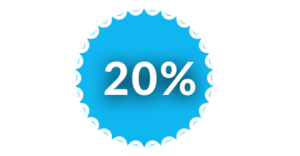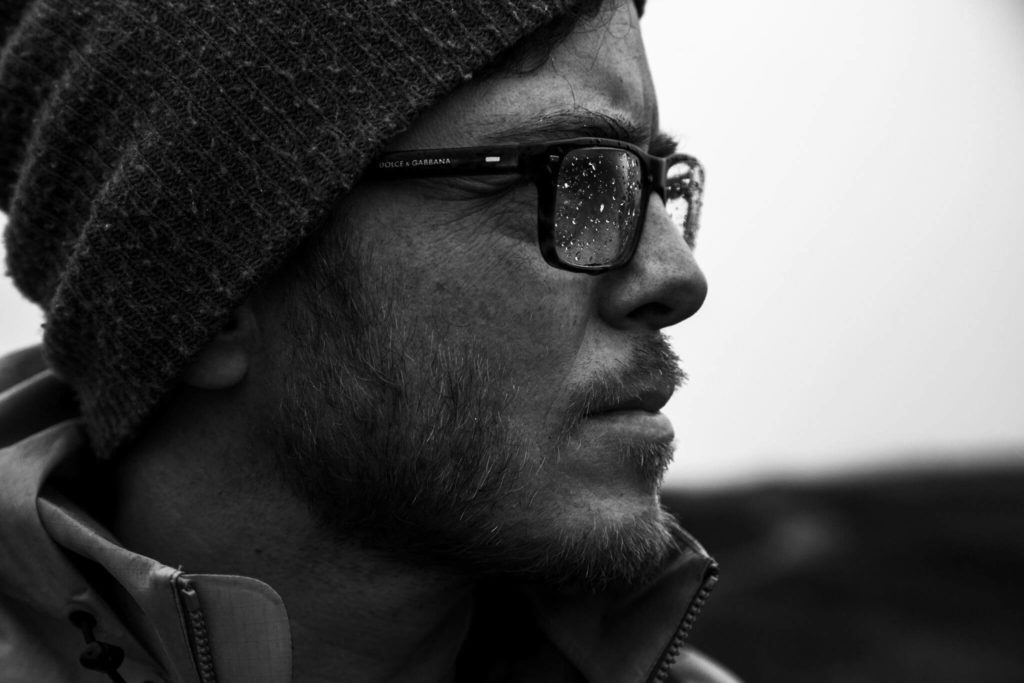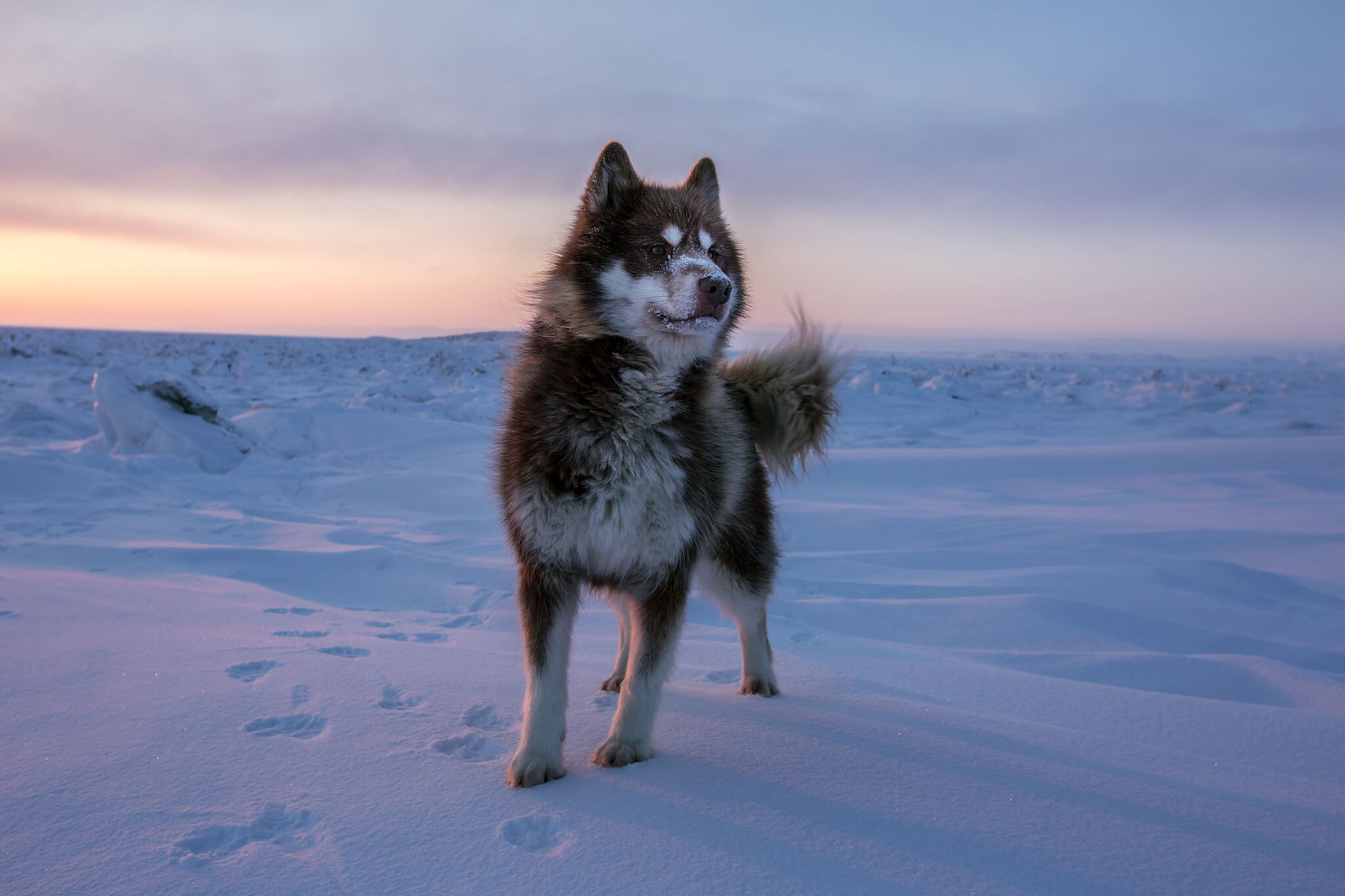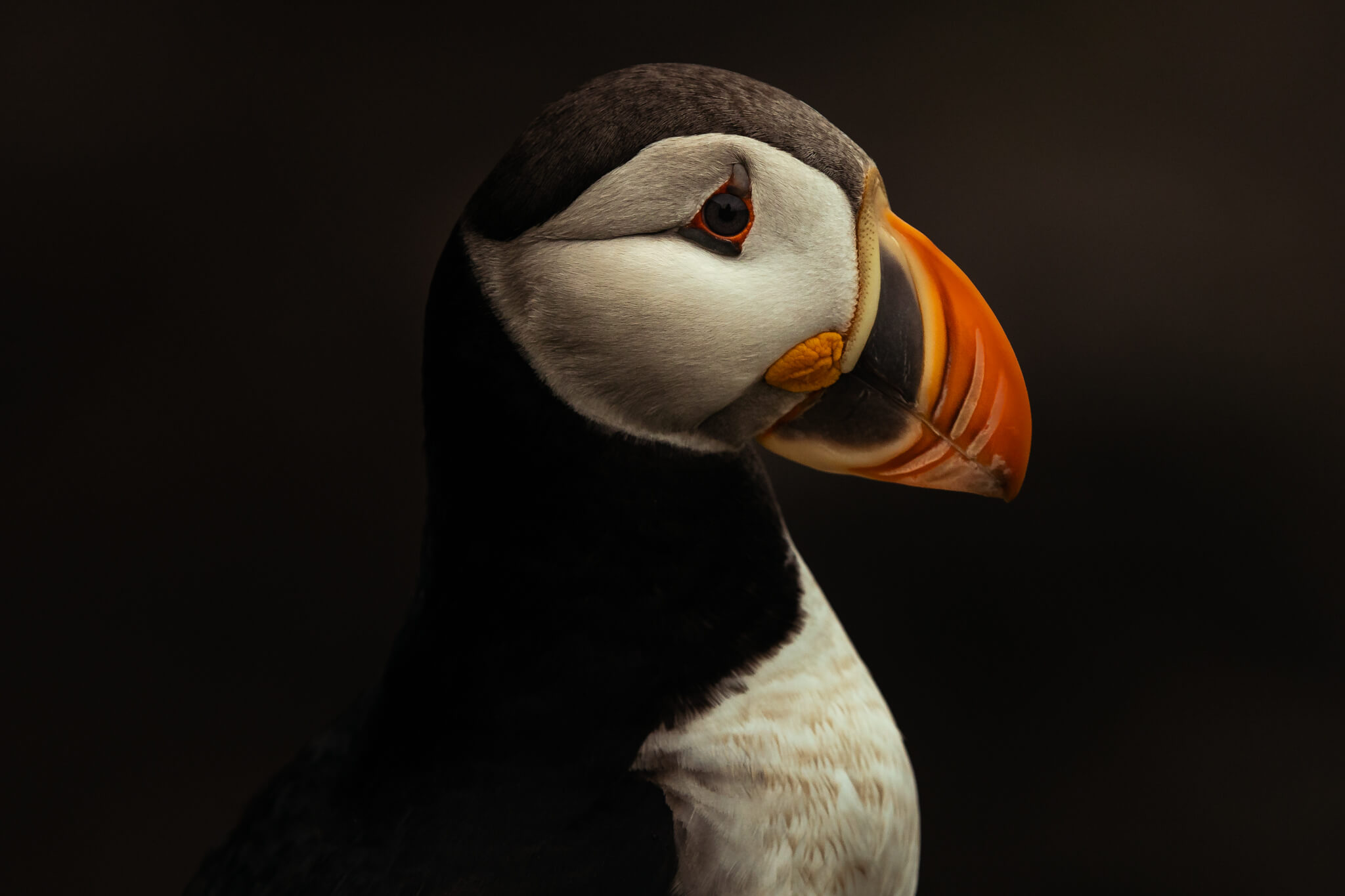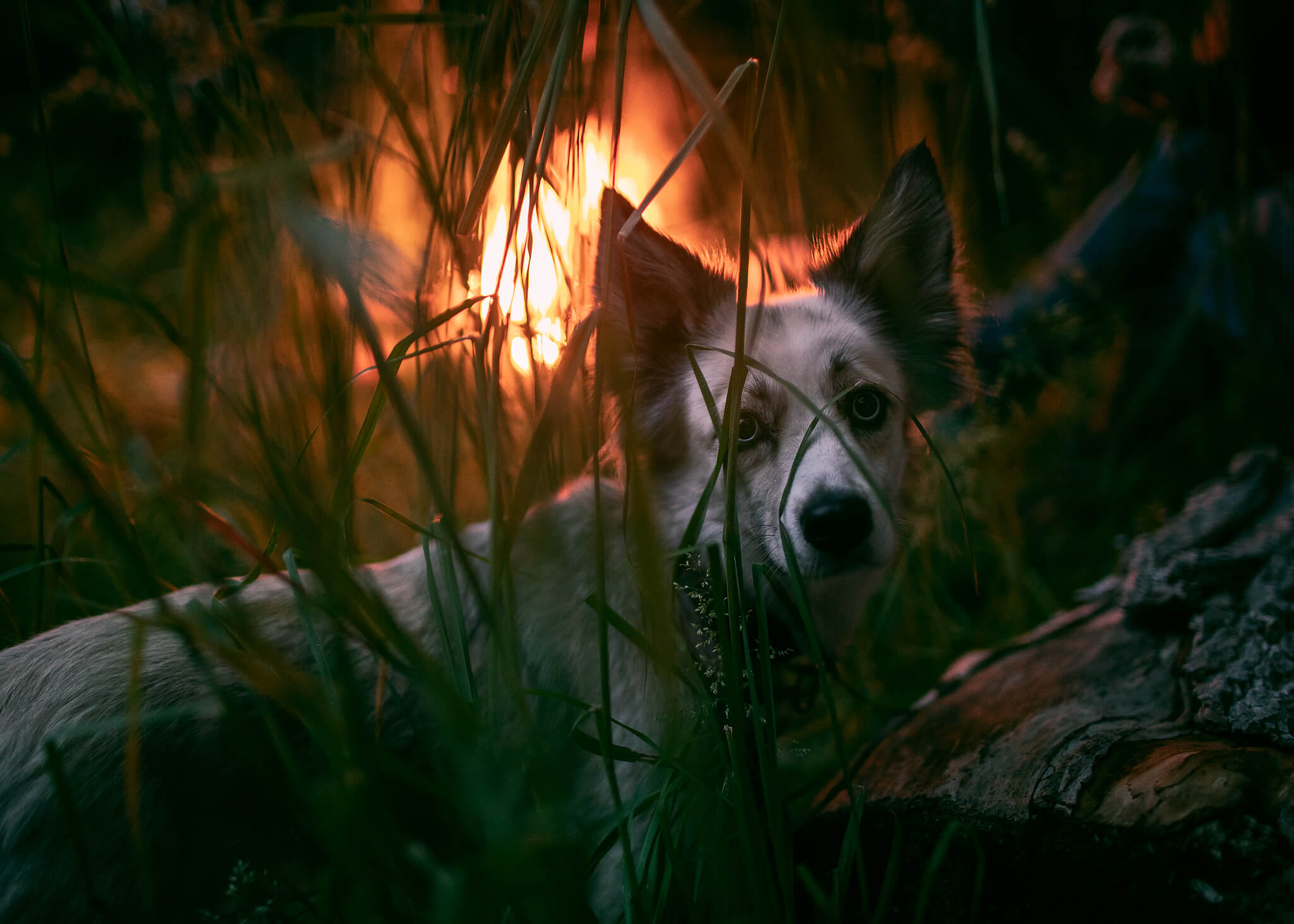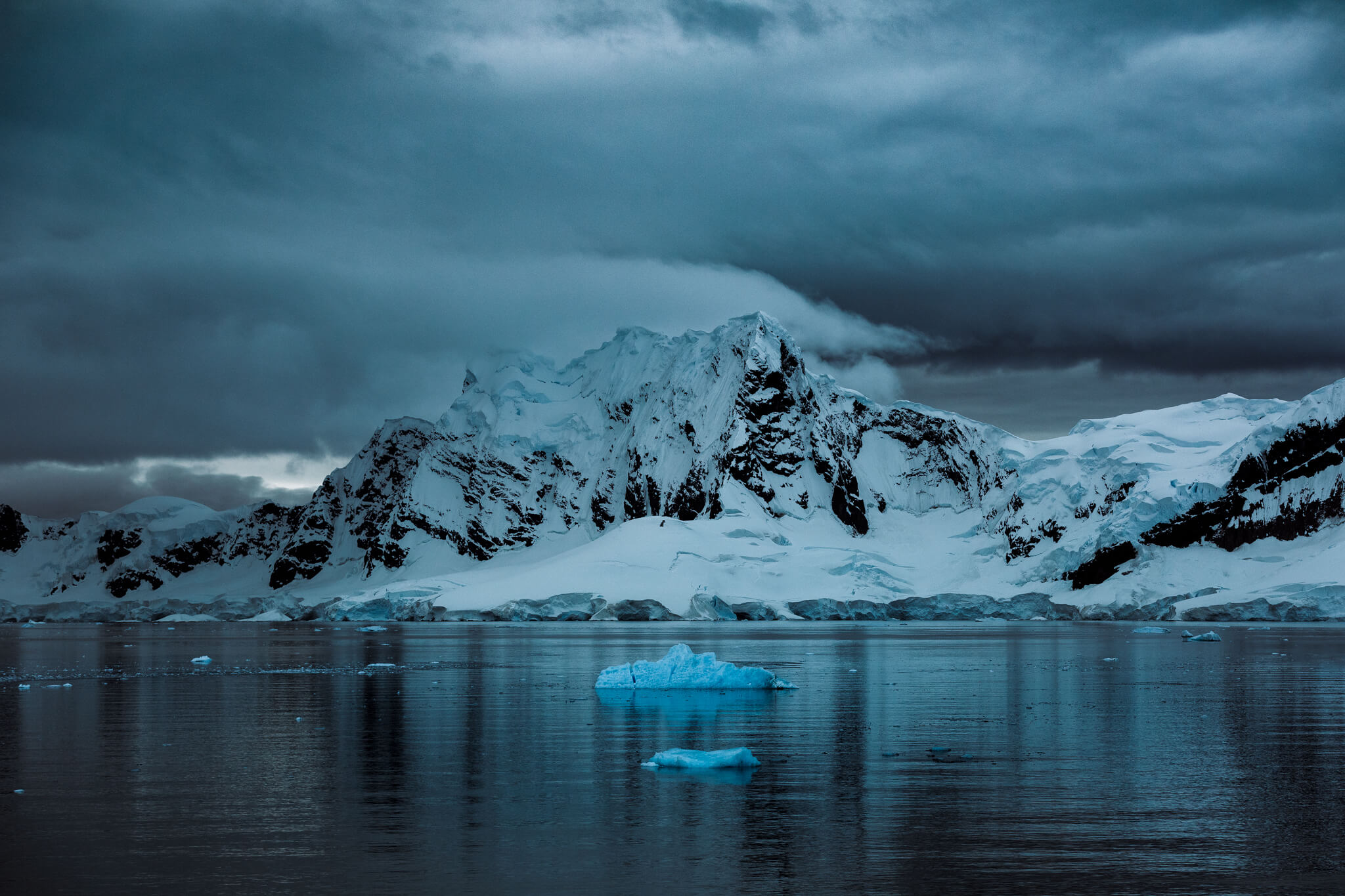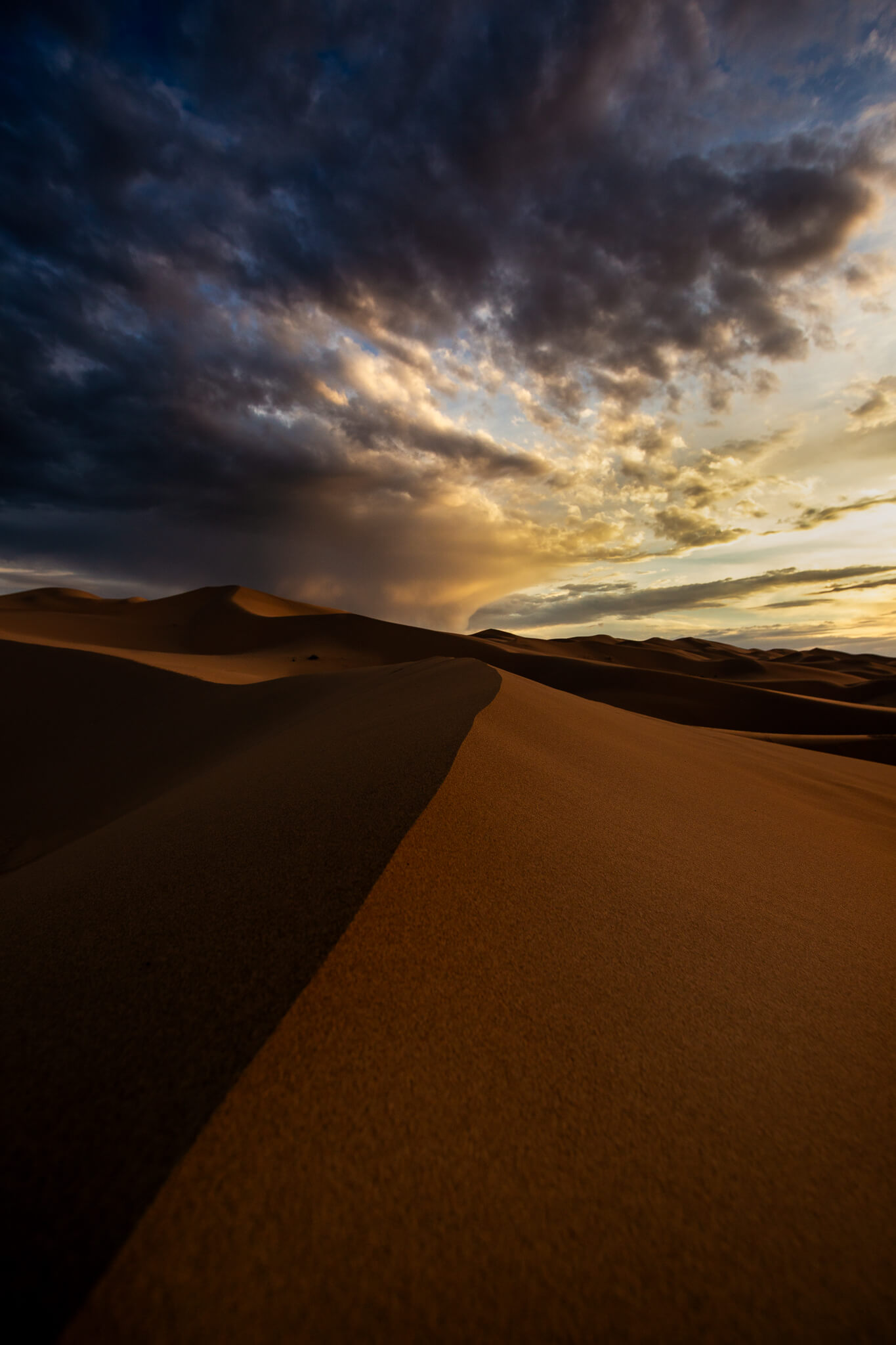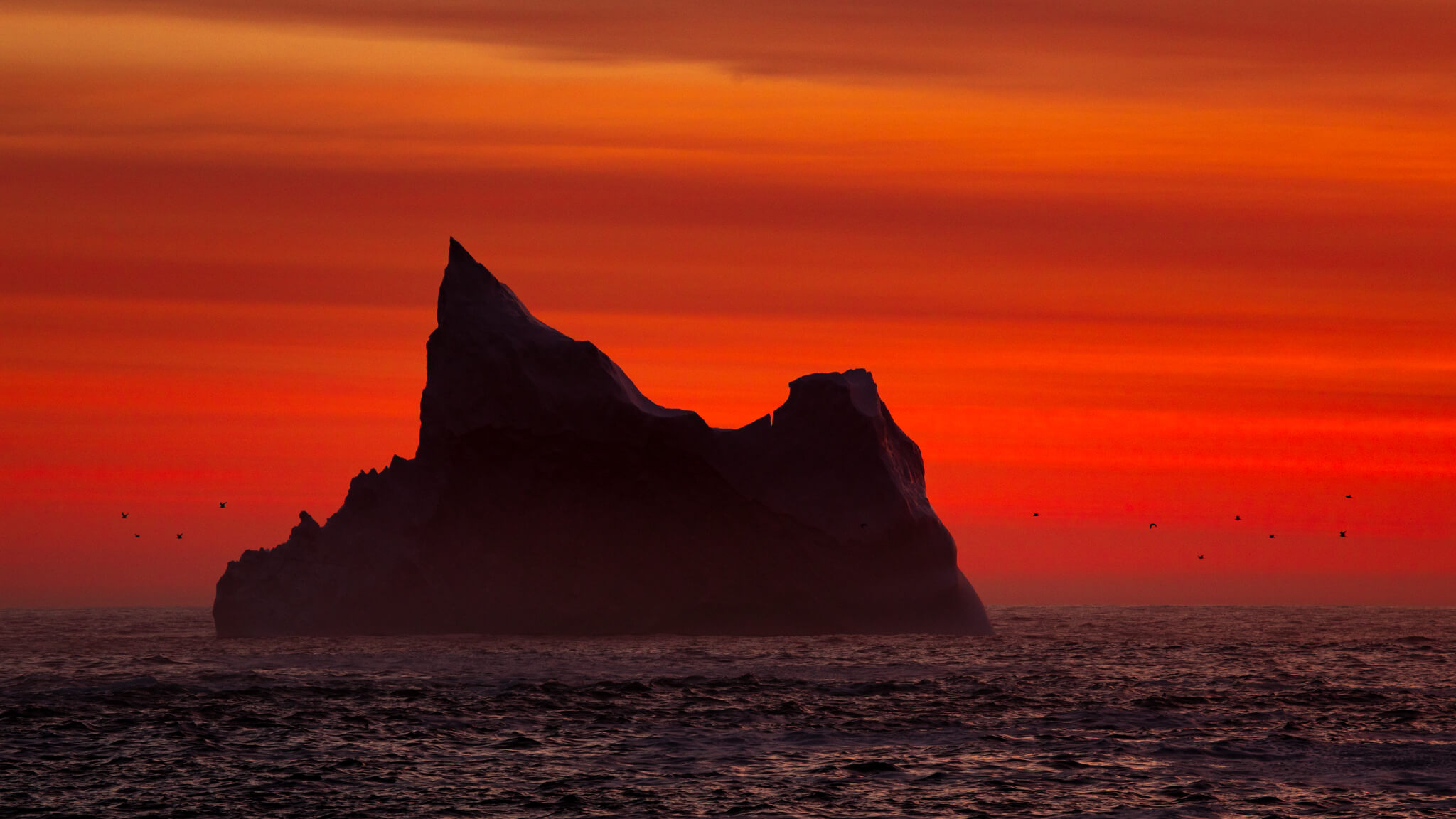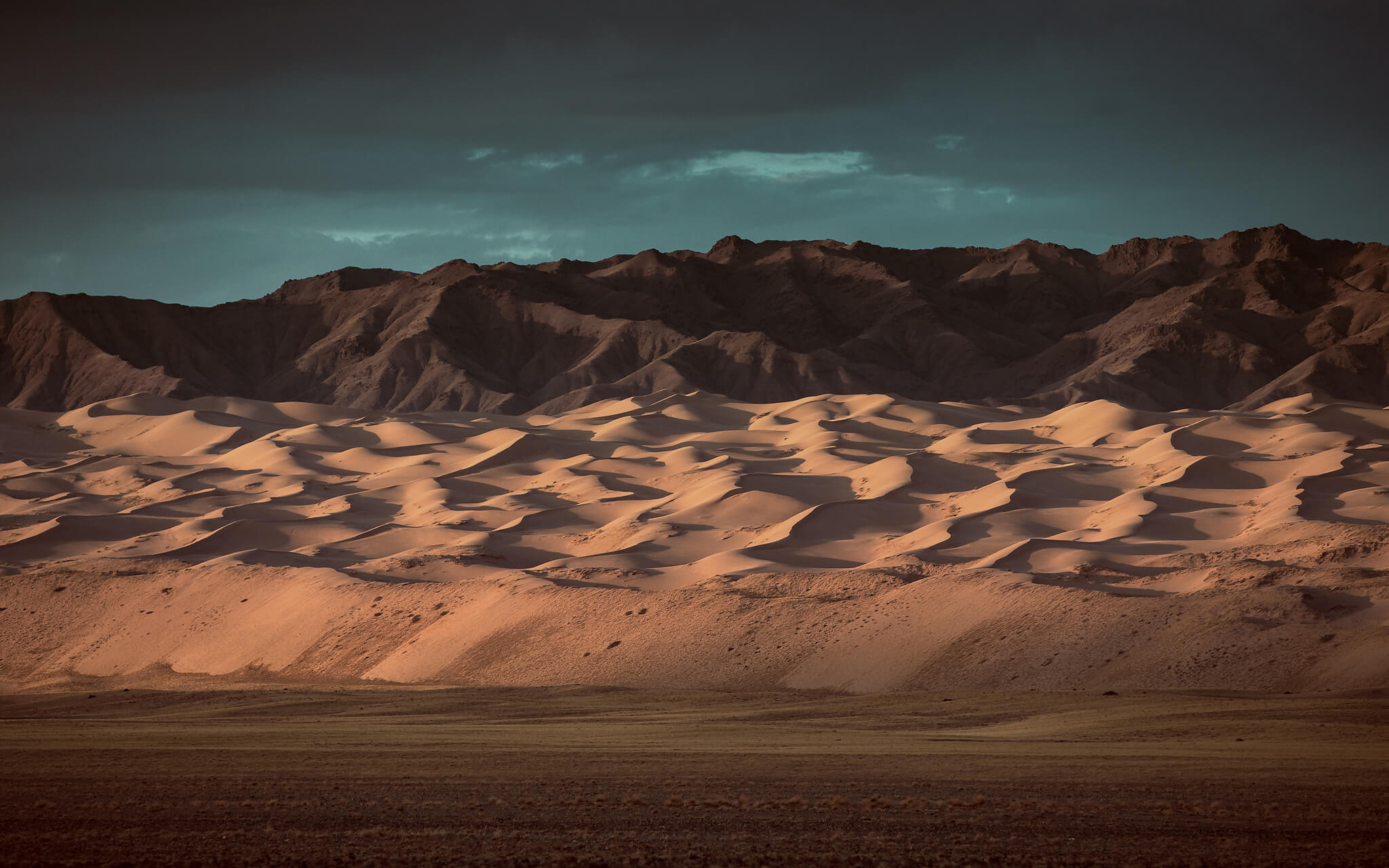Curtis Jones
To say Curtis Jones is a landscape photographer, would be like saying Gordon Ramsay likes to cook. Curtis is someone who (unlike Ramsey) is extremely humble and unassuming in nature. However, when you speak with him you’ll realize that he has a lot of great thoughts about his craft.
This statement drew me to Curtis’ work in the first place!
“I often struggle with my place in the outdoor photography world. Too abstract and you lose the message, too literal and it starts to feel less personal. I guess it’s a balancing act for all of us. Walking that line between expected brand or content vs. constant evolution. Landscape photography, in particular, is a paradox. Landscapes (mountains, oceans, arctic tundras) in of themselves do not ‘feel,’ they require the human experience. So, for me there is always a discussion I have with myself; How does a place ‘literally’ look and then how does it look to me, with all my experiences, hopes, fears, and intentions. In a sense, we are projecting our thoughts, emotions, fears, hopes, etc. on the physical world around us.”
You can find more of Curtis’ work on his Instagram and Website!
Finding that balance you mentioned above is so critical. Your shots carry a lot of emotion in them! What is it that you want each photograph to convey after you’re done working on them? How much of that comes from the post-processing and how much comes from framing the scene?
I guess I’m always trying to distill my experience into a single image or set of images. I have so much appreciation for how vast our natural world is. The words epic, or awesome, can easily become cliche – quick nods to the power and beauty of the world around us. I want my images to have resonance. Ideally, I would like my work to convey humility and respect for a place or an environment. An appreciation for what makes me feel most alive and human. To feel insignificant but connected to something bigger than myself, this is truly freeing for me. Much of this energy that I am trying to convey comes from spending extended time in these places. I feel my best work comes from letting a place settle. I always have a bias or vision when exploring new scenes. I try to let that voice have its moment then let go of it. In the field, composition is a slow and deliberate process. Like songwriting, I’ll often find my “hook” first. That thing that draws me back over and over. Once I have identified what I find compelling I’ll get to work refining the frame, working toward minimalism, cutting away everything that’s not necessary.
More and more this process is just the beginning. With time my mindset has shifted from capturing the literal toward conveying resonance and mood. I’ve always been a sketcher and half-ass painter. I love enhancing a scene in post. Not because I feel my raw image is not good enough but because it feels necessary to replicate my experience. My experience is never a literal one, how could it be? Post-processing work helps get my photograph closer to how I perceived the scene, how it felt. And this, as well, is a sliding scale. Sometimes needing a very light touch and other times hours of craft.
What is something about your work that most people don’t realize just by looking at it? I assume most of our readers shoot portraits. I wonder if there are any commonalities between landscapes and portrait photography. If so, what are they?
I think there are commonalities. At the very least a point could be made about capturing the essence of place vs person.
In a sense, both subjects can be fleeting. A candid portrait can capture perfectly a moment or the true nature of a person. Similarly, a passing moment in nature, morning light reflected in an ocean break, for example, may say more about a place than an entire week spent waiting for the stars to align.
As creators, something of ourselves goes into every photograph. The moment we decide to shoot a person or a landscape, any subject really, we change it.
To be honest, mostly, I have no idea what people realize about my work. I guess something that I don’t promote or include with the images is a detailed backstory. Almost all my work has an element of self-deprecation, insignificance and humor. I like that creating these photographs allows me to live life in the places and with the people that I care most about.
You always seem to be very present in the moment based on how you try to really capture the essence of where you are. When do you decide to pick up the camera and take a photo vs putting it down and appreciating the moment?
It’s a sliding scale for me. Sometimes I hit an area with an agenda and I rock it hard for as long as I am there. That’s less common if I am shooting primarily for myself though. In an ideal scenario, I would arrive at a location a day or more before I really needed to produce and take my time letting the place sink in. Hiking around with only my phone, snapping quick compositions and making note of sun or star placement or an interesting hook when the light is better. I’m sketching ideas, loosely keep track of things to revisit but mostly just getting a feel for a place. There is a certain amount of anxiety and pressure that accompanies shooting beautiful light in epic locations. Capturing the moments that make the world scream with envy as they scroll social media feeds. It’s always a battle to give that anxiety it’s moment, acknowledge it and then move on. Sometimes this is as simple as shooting like a crazy person for 10 minutes then putting the camera back in the bag. Other times I will intentionally leave the gear and walk until I’m not afraid of missing out anymore and instead I’m just super excited to shoot. It’s a fine line, but an important one.
A dead giveaway for me in knowing when to put the camera down is if I’m constantly battling the conditions for progressively poor results. I decided a long time ago that if the sole purpose of the trip was to make a stunning image, I’d likely not enjoy that trip.
How do you decide on what location you want to go to next? Or is that something decided by the “client?” Speaking of which, is most of your work produced for the sake of a client or do you go on your accord?
It’s always been a mix of both what I want to explore or seek out and where someone might ask me to go. I spent so much time in the arctic, building that sort of remote wilderness portfolio that it’s often what clients will hire me to do now. I love going back to the same places and rediscovering things more deeply, or differently. For example, when I teach a workshop in Greenland or Mongolia and return the following year I will often try to tag on some personal adventure time. This allows me to keep expanding my view of a place and potentially have more to offer prospective clients looking for that kind of work in the future. I do keep a list of interesting places I’d like to visit as well. If I can pitch an idea to a client or corral some funding for a story, I’ll take the financial help. If I am really motivated or the project is deeply personal or not quite at a marketable stage I often just go it alone.
Renée Robyn and I have started a photography workshop company, called Newfound Shores, in my home province of Newfoundland and Labrador, Canada. I have spent most of my life exploring those shorelines and coastal towns. We aim to deliver authentic Newfoundland experiences in inspiring photographic locations. Newfound Shores is a great example of me deciding on locations I want to document and the client, in this case, participants, deciding if that’s a place they would like to get creative in too.
Being a lover of all things outdoors, you also stay connected online to share that work with the audience. Do you find it hard to balance the online world with the desire to be outdoors as much as you love it?
The balance is something I struggle with weekly. It’s a funny thing to be able to share so easily and at the same time resent that ease. Getting outside is not difficult. Some trips are large endeavors, yes, but I also live ten minutes from some of the most beautiful ocean on the planet. The battle for me is in the compulsion, the absentminded need to check-in online and the self-deluded competition to always be bigger, more noticeable. I don’t think I am an overly active person online but it can get the better of me sometimes. When the relation to work becomes toxic, ego-driven or wrapped up in my sense of self-worth – I know it’s time to dial it back. I have learned that if the content I share comes from a positive place for me or helps build real connections to other folks in those spaces, I can enjoy it much more. Like anything, honesty with myself and my audience and real intention makes the balance easier to maintain.
Processing and color is such an important part of conveying that emotion. I was so elated when you told me how much you enjoyed Infinite Color for your work. What about it helps you achieve your vision in a way that nothing has done for you in the past?
For years, I’ve looked at color theory as a bit of fantasy in the world of post-production. It baffles me. I don’t trust my choices so I tend to stick to the bare minimum. I mean, I know the basics. I understand the color wheel, I think. And I get primary colors – Ketchup, mustard, and what’s a blue condiment? Honestly, I have always sort of played it by ear, relying on my gut while trying to stay close to “reality” in my editing style. I play with the vibrancy and saturation or warm things up by sliding Mr. Yellow a little to the right. But there has always been a part of me that feels color grading is kind of a taboo subject for landscape and outdoor photographers. On the outside looking in, it felt like there was more latitude for creative color processing in other genres.
The truth is, whether it’s theory, grading or spinning the wheel. Color processing done well demands purpose and sometimes it’s hard to figure out where to begin. I have found that a good place to start exploring is other people’s work, art books and film, but the big shift in my workflow came after I was introduced to Infinite Color. IC is intuitive and addictive to use. My experience so far has been great. I can quickly generate a well-balanced, sometimes unexpected shot. I discovered, however, the real magic is in the ability to open the randomized layer steps and get in there to muck about. I could see the impact changing these things had on different areas of my photo. At its simplest, the panel generates creative new options I may not have considered before. An engaging jumping-off point. When you decide to get your hands dirty and pop the hood it becomes a powerful tool for understanding and using color.
Not all my work requires an extreme creative color grade. Most look beautiful with minimal enhancement that compliments what was already there. Nature has a way of looking great all on its own. Every image is different. Just as each of us has a different take on how we compose and light a scene, we have a great aptitude for unique and ever-evolving processing choices. Whether we wield that sword with a heavy hand or a subtle touch, aspiring to master the basics make us more skillful color ninjas.
Some of my work with Infinite Color might be considered a “nontraditional” edit, at least for me. The finals might not work for marketing or documentary purposes, sometimes these shots are not exactly as seen in person. But something about the edit brings back more of the feeling of what the place was like when I was there shooting. I feel these more naturally convey my experience – the way I remember it. Infinite Color has helped opened that door for me.
__
Have you tried the panel yet? We’d love to see your creations! Get in touch on Instagram @infinitecolorpanel or the Facebook Infinite Color Panel group and show us your work.
If you haven’t tried the panel yet, get started here: https://infinite-tools.com/infinite-color-plugin/
